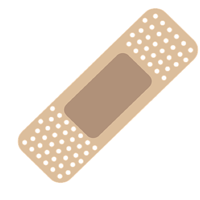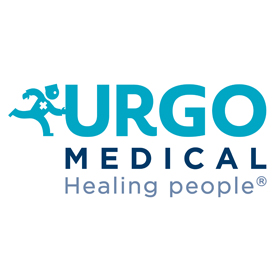Update on the management and treatment of patients with chronic skin lesions

Submitted: June 29, 2021
Accepted: December 7, 2021
Published: December 27, 2021
Accepted: December 7, 2021
Abstract Views: 1936
PDF (Italiano): 336
Publisher's note
All claims expressed in this article are solely those of the authors and do not necessarily represent those of their affiliated organizations, or those of the publisher, the editors and the reviewers. Any product that may be evaluated in this article or claim that may be made by its manufacturer is not guaranteed or endorsed by the publisher.
All claims expressed in this article are solely those of the authors and do not necessarily represent those of their affiliated organizations, or those of the publisher, the editors and the reviewers. Any product that may be evaluated in this article or claim that may be made by its manufacturer is not guaranteed or endorsed by the publisher.
Similar Articles
- Elisa Marinelli, Sara Sandroni, Eleonora Salutini, Use of ROS-releasing dressing in the management of postexposure reflected sunlight injury on complex post-extraction mirror , Italian Journal of Wound Care: Vol. 8 No. 2 (2024)
- Matteo Bucalossi, Fabrizio Mariani, Autologous peripheral blood mononuclear cells from selective filtration for treatment of chronic lower limb lesions: Results at 4 years , Italian Journal of Wound Care: Vol. 5 No. 2 (2021)
- Laura Dettori, A Descriptive epidemiological study on chronic skin lesions in home care in the districts of Sassari – Alghero – Ozieri , Italian Journal of Wound Care: Vol. 4 No. 2 (2020)
- Sabrin Abd el khalek, Ersilia Balduzzi, Graziella Costamagna, Alexandra Donascimento, Fabrizio Lorenzo Luca Martin, Maddalena Stuardi, Salvatore Piazza, Experience of the vulnology team during COVID-19 period , Italian Journal of Wound Care: Vol. 7 No. 3 (2023)
- Patrizia D'Incecco, Management of painful and potentially infected skin lesions: Transversal activities of community and family nursing , Italian Journal of Wound Care: Vol. 6 No. 2 (2022)
- Paola Pini, The skin microbiota and its interactions with the host , Italian Journal of Wound Care: Vol. 6 No. 1 (2022)
- Margherita Farì, Maurizio Mercuri , Alessandro Scalise , Continuity of care in the management of pressure lesions: An information leaflet for hospital-territory collaboration , Italian Journal of Wound Care: Vol. 5 No. 1 (2021)
- Alessandra Chiossi, Conversation Mapâ„¢: a tool for the education of the caregiver on the prevention of pressure ulcers , Italian Journal of Wound Care: Vol. 2 No. 3 (2018)
- Giuseppe Nebbioso, Ciro Falasconi, Viviana Nebbioso, Francesco Petrella, Pain and chronic skin ulcers , Italian Journal of Wound Care: Vol. 4 No. 1 (2020)
- Matteo Torresetti, Giovanni Di Benedetto, Alessandro Scalise, Is there an alternative to acellular dermal matrix for wound management? Revisiting the role of a bioactive collagen and hyaluronic acid-based dressing hyaluronic acid , Italian Journal of Wound Care: Vol. 4 No. 2 (2020)
You may also start an advanced similarity search for this article.



 https://doi.org/10.4081/ijwc.2021.78
https://doi.org/10.4081/ijwc.2021.78






